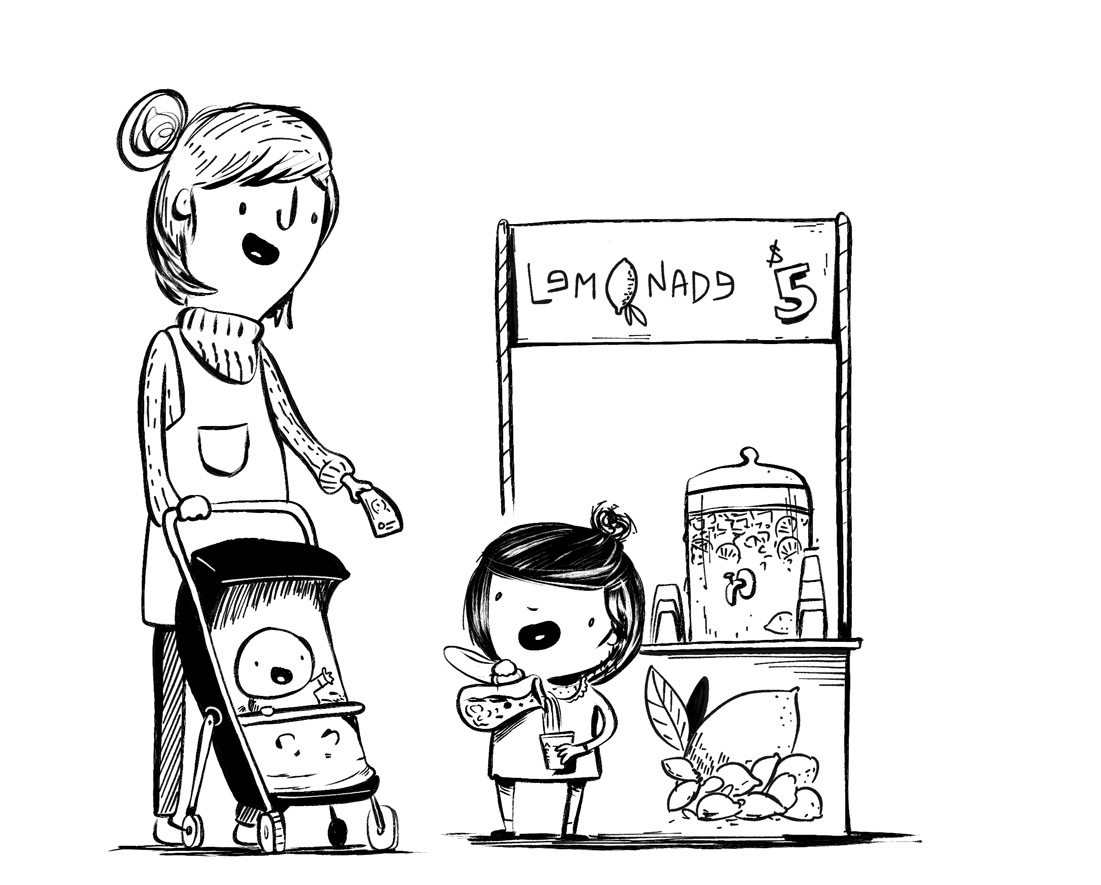It used to be that publishers were the only ones who could ‘publish’ a book. That’s when publishing meant commissioning it, editing it, making it, distributing it, and selling it.
But now, the editing and making parts aren’t the difficult bit. In fact, anyone with a few hundred dollars and an entrepreneurial spirit can fill their garage with 10,000 copies of professionally printed and edited work of their own.
The difficult bit these days is selling it – not just for the individual, but for the publisher, too.
Right now, publishers still have relationships with large retailers (think Big W, Target, and Dymocks) and schools in Australia. That mattered more when people shopped in-store. But, as more and more of our purchasing happens online, reaching readers (and buyers) is getting more difficult. No longer are publishers competing with other publishers for the limited shelf space in these retail channels, they’re competing with big tech – algorithms that drive visibility of their books in places where people ‘go’ – Facebook, Instagram, TikTok and so on.
As the addictive design of social media creates the new ‘shopping mall’, and the advertisements in that shopping mall go to the highest bidder, it’s becoming more difficult for publishers to find and therefore sell the books they commission. Is it any wonder they’re falling back on celebrities as a way to find an audience?
Self-publishing – or let’s call it ‘self-marketing’ now (because that’s what it really is) – isn’t impossible; as individuals, we have more agency than ever before, but it’s still a hard slog. When an individual is competing with the marketing budgets of the big publishers as well as every other retailer on the internet, the role of the ‘publisher’ still gives a creator their best chance of reaching an audience. For how much longer? Well, that’s anyone’s guess.

